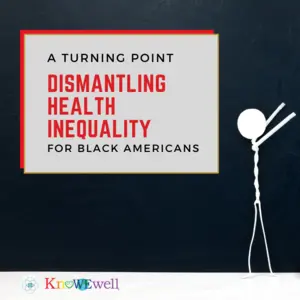

Community

Community
4-Day Workweek Pilot Results
Results are in from the world’s largest experiment to test a shortened workweek, and the responses are resoundingly positive.
The non-profit 4 Day Week Global conducted a six-month pilot of more than 2,900 workers from 61 companies in the UK from June to December 2022 in which the workweek was reduced from a standard 40 hours to 32 hours for the same pay and benefits.
The following types of four-day workweeks were piloted:
- Fifth day stoppage: The company shuts down operations for one additional day per week.
- Staggered: Staff takes alternating days off.
- Decentralized: Different departments operate on different work patterns, possibly resulting in a mixture of the two models above.
- Annualized: Staff works a 32-hour average working week, calculated on the scale of a year.
- Conditional: Staff entitlement to the hour-day week is tied to ongoing performance monitoring.
At the end of the six-month trial, 39% of employees were less stressed and 71% had lower levels of burnout. Anxiety, fatigue and sleep issues also decreased, while mental and physical health improved. Work-life balance also improved, and employees found it easier to balance their work with family and social commitments. Sixty percent found a greater ability to balance work with care responsibilities, and 62% found it easier to balance work with social life.
Employees were also more satisfied with their finances, relationships, and time management.
Company revenue stayed broadly the same over the trial period, rising by 1.4% on average, and was up 35% in comparison to the same period in 2021. Companies also saw improvements in hiring, absenteeism and resignation, with turnover dropping by 57% over the trial period. Additionally, 63% of businesses found it easier to attract and retain talent with a four-day week.
Of the 61 companies that participated, 56 are continuing (92%) with the four-day week, and 18 have confirmed the policy is a permanent change. Fifteen percent of employees said no amount of money would have them accept a five-day schedule over the four-day schedule moving forward.
According to the Bureau of Labor Statistics, the average American works 8.8 hours every day. However, a UK study of nearly 2,000 full-time office workers found that the average time spent working is two hours and 53 minutes each day, with workers also spending time using social media and reading news websites, making personal calls and texts, talking to co-workers about non-work-related matters, searching for new jobs, taking smoking breaks, and preparing food and drinks.
To the question, “Do you consider yourself to be productive throughout the entire working day?” 79% of respondents said no, and 54% said the distractions made the working day more bearable.
4 Day Week Global says that, “A hundred years ago, we moved from working six day weeks to five, and we’re overdue for an update,” citing the rise of the gig economy as the beginning of a new industrial era. The non-profit also notes that, “COVID-19 made it clear we can find a better balance between work and life,” and that 85% of US adults already approve of moving to a four-day week.
4 Day Week Global says this new way of working has been proven to work for employees and employers, and will “improve business productivity, worker health outcomes, stronger families and communities, challenge the gender equality issue, and work towards a more sustainable work environment.”
REFERENCES
4 Day Week Global. (n.d.). https://www.4dayweek.com/
4 Day Week Global. (2023, February). The results are in: The UK’s four-day week pilot. https://static1.squarespace.com/static/60b956cbe7bf6f2efd86b04e/t/63f3df56276b3e6d7870207e/1676926845047/UK-4-Day-Week-Pilot-Results-Report-2023.pdf
4 Day Week Global. (2019). White paper — the four-day week: Guidelines for an outcome-based trial — raising productivity and engagement. https://static1.squarespace.com/static/60b956cbe7bf6f2efd86b04e/t/60c3d8519bc93c7da4823124/1623447637957/Four-Day%2BWeek%2BWhite%2BPaper%2BFebruary%2B2019%2Bfinal.pdf


 By
By







